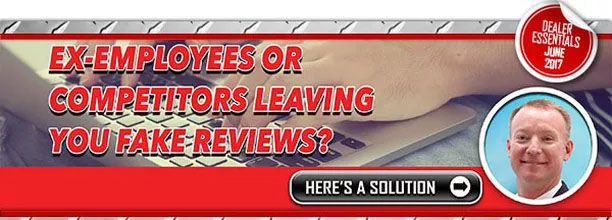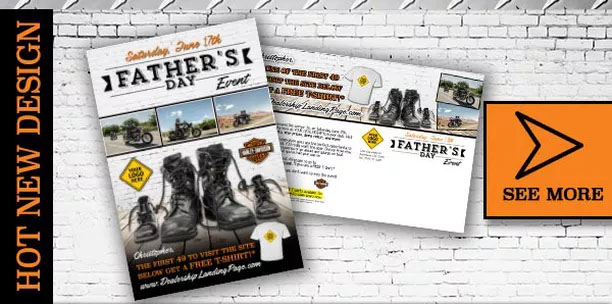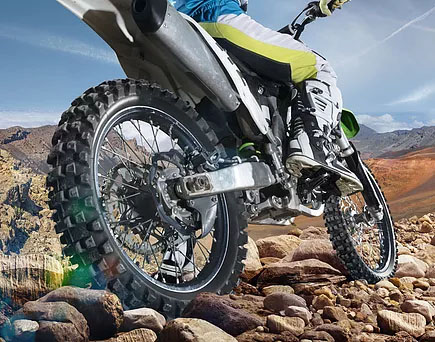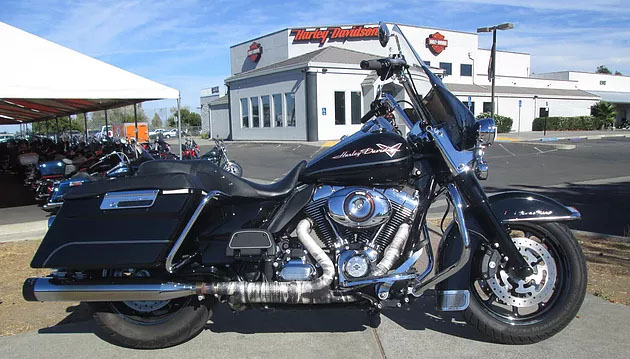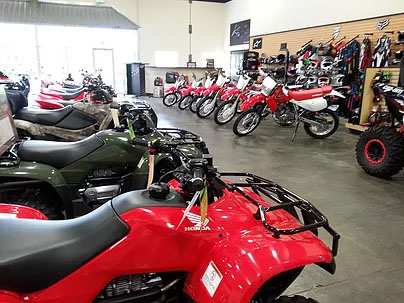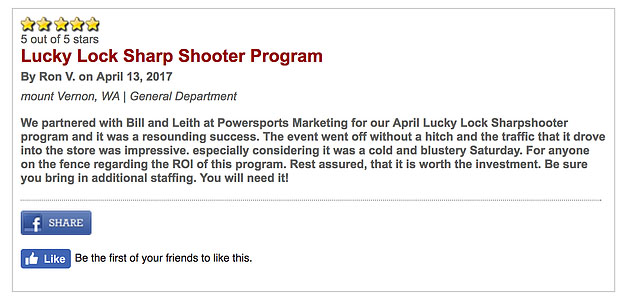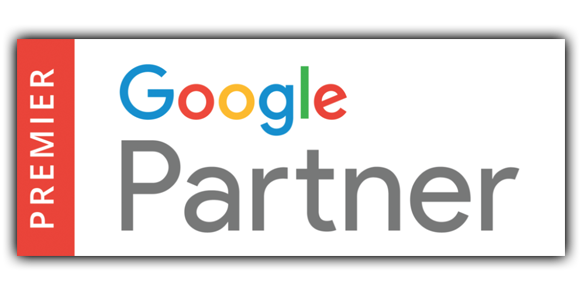The Proof is in the Pudding
If I walked into your office today with a box full of the names, email addresses, and phone numbers of every proven rider within a thirty mile radius of your dealership, would you let me walk out without a fight? What if that list also told you exactly what each of those riders is in the market for right now, whether it’s service, accessories, gear, or a new ride? I’m pretty sure I’d be taken hostage.
I recently followed up with a dealer who, after a brief conversation, told me he is a numbers guy and to send him some proof that what we do works and then we could talk some more. No problem, Mr. Dealer. We’ve executed literally thousands of direct response marketing campaigns and I can send data for days. So, I sent him over a few campaign wrap up reports, and here is a breakdown of what those looked like:
483 responses, including 162 riders interested in a new/used unit purchase
195 responses, including 53 riders interested in a new/used unit purchase
410 responses, including 95 riders interested in a new/used unit purchase
That last dealer I listed saw a 156% increase in traffic with their first campaign. They sold more motorcycles in January than in any other January since 2010, and more in February since 2011.
I included that information in the email, as well, feeling that bubbling of excitement that I always get when I think about teaming up with a new dealer and growing the business in a way that, very literally, changes lives. The impact that successful, proactive, and targeted marketing has on a dealership is very profound. It’s what we call a win/win.
When you sell a motorcycle to someone, you’re not just making a sale and putting one more tally mark on the month. You’re enriching a life. You didn’t just make a sale and (hopefully) a tidy gross profit. You provided wind therapy, freedom from whatever stress may be in that person’s life, weekends spent with friends and family who share the same passion, escape. The flip side of that is you gained a new customer, increased your revenue, and with the right marketing, you now have the opportunity to earn all of that customer’s future business.
So, why wouldn’t you want to do that for every enthusiast living in your backyard? Why wouldn’t you want to do that for yourself? If you could get the names and contact info for nearly every person in your backyard who wants to buy a bike from you this month, would you do it?
If you answered no, then I need you to do something for me. Reach into your pocket, take out your keys, go lock up, and find your happiness elsewhere. If hundreds of sales opportunities across all departments doesn’t get you excited, then you’re in the wrong business. If you can look at those figures above and not want to have the same for your dealership, then perhaps you’ve lost your passion.
However, if you got excited about the results I shared with you, and the idea of having increased traffic and leads has you dreaming about a different life, then the simplest thing you can do is call me. Let’s discuss a plan for predictable growth with quantifiable results that will change your life.
Marisa Tils
877-242-4472 ext 131
Read More


